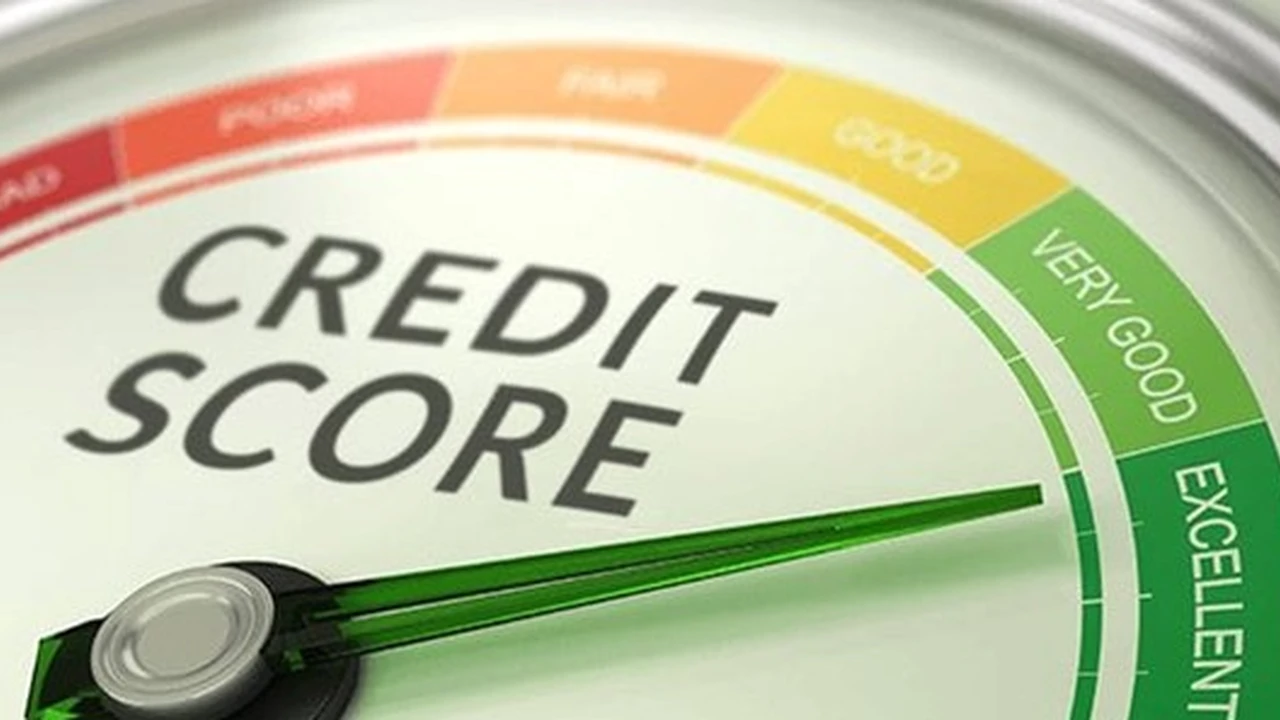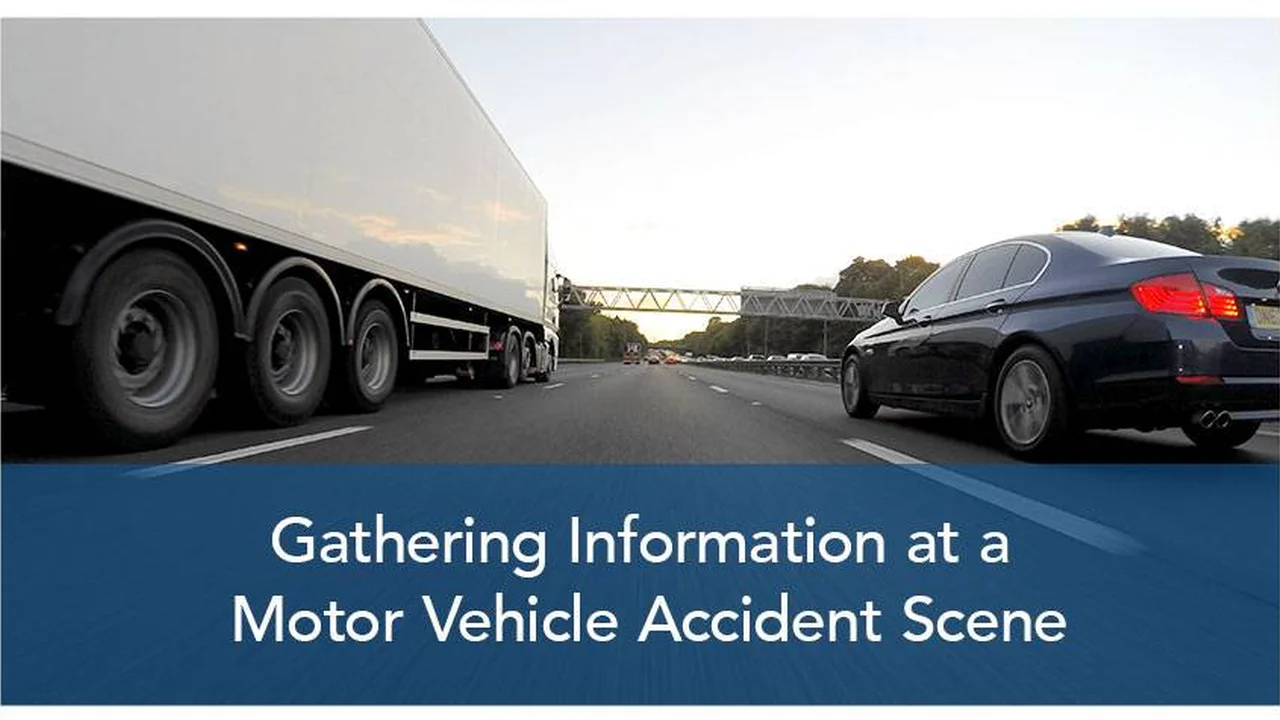Filing a Car Insurance Claim: A Step-by-Step Guide

Understanding the Basics of Car Insurance Claims: What You Need to Know
Okay, so you've been in an accident. Not fun, right? First things first, are you and everyone else involved okay? That's the most important thing. Once you've made sure everyone is safe and sound, it's time to think about the car insurance claim process. It can seem daunting, but breaking it down into steps makes it much more manageable. This isn't legal advice, just a friendly guide to help you navigate the process. Basically, a car insurance claim is a formal request you make to your insurance company to cover the costs associated with an accident or damage to your vehicle. This could include damage to your car, the other person's car, medical bills, and even lost wages if you're injured and can't work. It's a process, but stick with it – you'll get through it!
Step 1: Document Everything at the Scene: Car Accident Information Gathering
This is crucial. Seriously. Before you move anything (if it's safe to do so), take pictures. Lots of them. From every angle. Get close-ups of the damage to all vehicles involved. Take wide shots showing the position of the cars in relation to the road and surrounding landmarks. Think like a crime scene investigator, but with less yellow tape. You'll need to exchange information with the other driver(s) involved. This includes:
- Full name and contact information
- Driver's license number
- Insurance company and policy number
- Vehicle registration information
- Make and model of their vehicle
Also, get the contact information of any witnesses. Their perspective can be incredibly helpful later on. If the police are called to the scene (which they should be if there are injuries or significant damage), get the police report number and the name and badge number of the responding officer. All this documentation will be invaluable when you file your claim.
Step 2: Reporting the Incident to Your Insurance Company: Prompt Notification is Key
Don't wait! The sooner you report the accident, the better. Most insurance companies have a deadline for reporting claims, and missing it could jeopardize your coverage. Call your insurance company's claims department or file a claim online through their website or app. Be prepared to provide them with all the information you gathered at the scene, including:
- Date, time, and location of the accident
- Description of what happened
- Information about the other driver(s) and their vehicle(s)
- Police report number (if applicable)
- Photos and videos of the scene
Be honest and accurate in your description of the accident. Don't try to embellish or downplay anything. Just stick to the facts. Your insurance company will use this information to investigate the claim and determine who is at fault.
Step 3: Cooperating with the Insurance Company's Investigation: What to Expect
Your insurance company will likely assign a claims adjuster to your case. This person will be your main point of contact throughout the claims process. They will investigate the accident, review the evidence, and determine the extent of the damage. Be prepared to answer their questions and provide them with any additional information they request. This might include:
- A recorded statement about the accident
- Medical records (if you were injured)
- Repair estimates for your vehicle
Be polite and cooperative with the claims adjuster, but don't be afraid to ask questions and advocate for yourself. Remember, they work for the insurance company, but you are the customer. Keep detailed records of all communication with the adjuster, including dates, times, and the content of the conversations. This will be helpful if there are any disputes later on.
Step 4: Getting Your Vehicle Appraised and Repaired: Choosing a Repair Shop
Your insurance company will want to appraise the damage to your vehicle. They may send an appraiser to inspect your car, or they may ask you to take it to a repair shop for an estimate. You usually have the right to choose your own repair shop, although your insurance company may have a preferred network of shops. If you choose a shop outside of the network, your insurance company may not guarantee the quality of the repairs or may limit the amount they will pay. Get multiple estimates from different repair shops before making a decision. Make sure the estimates are detailed and include a breakdown of the costs for parts and labor. Consider things like:
- Reputation: Check online reviews and ask for recommendations from friends and family.
- Warranty: Does the shop offer a warranty on their repairs?
- Experience: How long has the shop been in business? Do they specialize in repairing your make and model of vehicle?
Once you've chosen a repair shop, work with the shop and the insurance adjuster to finalize the repair plan. Make sure you understand what repairs will be done and how much they will cost. Get everything in writing before the repairs begin.
Step 5: Understanding Your Coverage and Deductible: Policy Limits and Out-of-Pocket Expenses
This is where your policy comes into play. You need to understand exactly what your insurance covers and what your deductible is. Your deductible is the amount you have to pay out of pocket before your insurance coverage kicks in. For example, if you have a $500 deductible and the repairs to your car cost $2,000, you will pay $500 and your insurance company will pay $1,500. Your coverage limits are the maximum amount your insurance company will pay for a covered loss. Make sure your coverage limits are adequate to cover the potential costs of an accident. Here's a quick rundown of common coverage types:
- Liability Coverage: Covers damage you cause to others.
- Collision Coverage: Covers damage to your vehicle, regardless of fault.
- Comprehensive Coverage: Covers damage to your vehicle from non-collision events, such as theft, vandalism, or natural disasters.
- Uninsured/Underinsured Motorist Coverage: Covers your damages if you're hit by an uninsured or underinsured driver.
Knowing these details will help you understand how much your insurance company will pay and how much you'll be responsible for.
Step 6: Negotiating with the Insurance Company: Fair Settlement and Dispute Resolution
Sometimes, the insurance company's initial offer isn't fair. Don't be afraid to negotiate. Provide them with evidence to support your claim, such as repair estimates, medical bills, and documentation of lost wages. If you're not happy with the insurance company's offer, you have the right to appeal their decision. You can also file a complaint with your state's insurance department. If all else fails, you may need to hire an attorney to represent you. Document everything! Keep copies of all correspondence, repair estimates, and medical bills. This will be crucial if you need to escalate the situation.
Step 7: Receiving Payment and Closing the Claim: Finalizing the Process
Once you've reached a settlement with the insurance company, they will issue a payment to you or directly to the repair shop. Make sure you understand the terms of the settlement before you accept it. Once you've received payment, you can close the claim. Keep copies of all documents related to the claim for your records. Double-check that all repairs are completed to your satisfaction before signing off on anything final. Don't be afraid to do a thorough inspection.
Choosing the Right Car Insurance: Policy Options and Coverage Levels
Preventing future headaches starts with choosing the right insurance. Let's dive into some specific product recommendations and comparisons, along with real-world usage scenarios and pricing (keep in mind prices vary significantly based on location, driving history, and vehicle type).
Product Recommendations: Car Insurance Companies and Their Strengths
Here are a few well-regarded car insurance companies, each with its own strengths:
- State Farm: Known for its strong customer service and extensive network of agents. Great for those who prefer face-to-face interactions.
- GEICO: Often offers competitive rates, especially for drivers with good records. Excellent online tools and mobile app.
- Progressive: Offers a wide range of coverage options and discounts, including Snapshot, a program that tracks your driving habits to potentially lower your premiums.
- Allstate: Another major player with a comprehensive suite of insurance products and services. Offers Drivewise, a similar program to Progressive's Snapshot.
- USAA: (Eligibility restricted to military members and their families) Consistently ranks high in customer satisfaction surveys and offers very competitive rates.
Usage Scenarios: Matching Insurance to Your Needs
Let's consider a few different scenarios to illustrate how different insurance products might be a better fit:
- Scenario 1: Young Driver with a New Car: A young driver with a brand-new car might prioritize comprehensive and collision coverage to protect their investment. They might also consider gap insurance, which covers the difference between the car's value and the amount owed on the loan if the car is totaled. GEICO or Progressive, with their competitive rates for young drivers, could be good options.
- Scenario 2: Experienced Driver with an Older Car: An experienced driver with an older car might opt for liability-only coverage to save money on premiums. They might also consider increasing their deductible to further lower their costs. State Farm, with its reputation for customer service, could be a good choice if they prefer personalized support.
- Scenario 3: Family with Multiple Drivers and Cars: A family with multiple drivers and cars might benefit from a multi-car discount and a policy that bundles their home and auto insurance. Allstate or State Farm, with their comprehensive product offerings, could be a good fit.
Product Comparison: Side-by-Side Analysis
Let's compare GEICO and Progressive, two popular choices, in more detail:
| Feature | GEICO | Progressive |
|---|---|---|
| Price | Often competitive, especially for good drivers. | Offers a wide range of discounts, including Snapshot. |
| Coverage Options | Standard coverage options. | Offers more unique coverage options, such as Name Your Price tool. |
| Customer Service | Generally good online and phone support. | Mixed reviews; some report longer wait times. |
| Technology | User-friendly website and mobile app. | Snapshot program for potential discounts. |
Pricing Examples: What to Expect to Pay
As mentioned earlier, car insurance prices vary greatly. However, here are some *very general* price ranges to give you an idea:
- Minimum Liability Coverage: $500 - $1,000 per year
- Full Coverage (including collision and comprehensive): $1,200 - $3,000+ per year
These are just estimates. The best way to get an accurate price is to get quotes from multiple insurance companies.
Tips for Lowering Your Car Insurance Premiums: Saving Money on Your Policy
Nobody wants to pay more than they have to. Here are a few tips to lower your car insurance premiums:
- Shop Around: Get quotes from multiple insurance companies.
- Increase Your Deductible: A higher deductible means lower premiums.
- Bundle Your Insurance: Bundle your home and auto insurance for a discount.
- Maintain a Good Driving Record: Avoid accidents and traffic violations.
- Take a Defensive Driving Course: Some insurance companies offer discounts for completing a defensive driving course.
- Ask About Discounts: Ask your insurance company about all available discounts, such as discounts for students, military members, and seniors.
- Improve Your Credit Score: In many states, insurance companies use credit scores to determine premiums.
- Drive a Safer Car: Cars with good safety ratings often have lower insurance premiums.
Alright, that covers the basics of filing a car insurance claim and selecting the right coverage. Remember, this is just a guide, and you should always consult with a qualified insurance professional for personalized advice. Good luck out there!
:max_bytes(150000):strip_icc()/277019-baked-pork-chops-with-cream-of-mushroom-soup-DDMFS-beauty-4x3-BG-7505-5762b731cf30447d9cbbbbbf387beafa.jpg)






